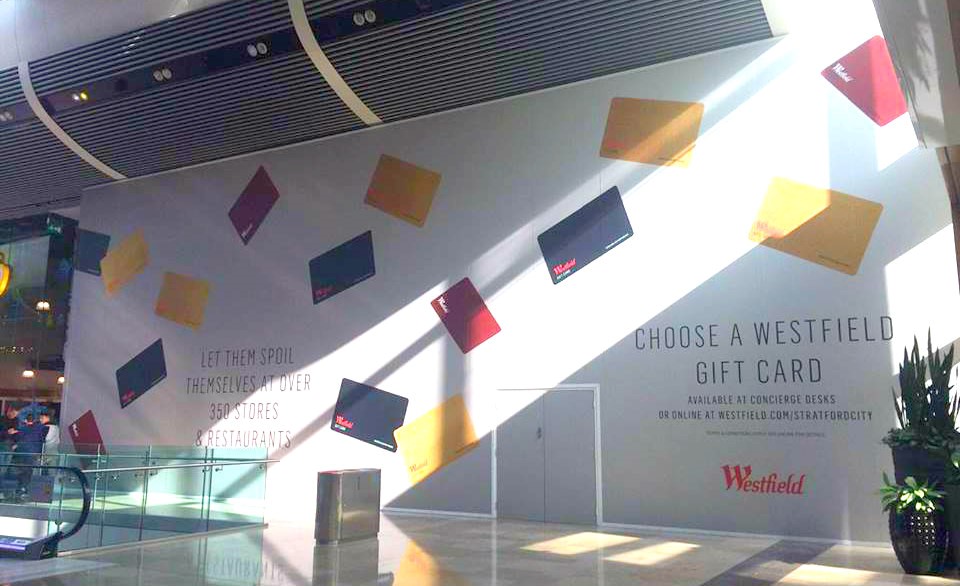The American high street store Forever 21 closed the doors of its Stratford store in May 2016. It had occupied 67,940 square feet across three floors of the Westfield Stratford City complex, but in 2015 the women’s fashion retail chain reported pre-tax losses of £66.5 million, and branches in Lakeside, Bluewater and Birmingham’s Bullring were also closed, with the loss of more than 200 jobs.
Since arriving in the UK in 2010, Forever 21 has been in direct competition with heavyweight European and UK fashion chains such as H&M, Topshop and Zara. While H&M’s sales recently topped $20 billion, Forever 21’s were nudging $4 billion – a considerable turnover but still only a fifth of the biggest brand in this intensely competitive retail sector.
Forever 21’s target group is 18-24 year old women. We spoke to some shoppers in this demographic to determine if Forever 21 will ever be missed.
Kelly, a 24-year-old postgraduate student who works in Westfield herself, pointed out that “Forever 21 didn’t advertise enough and the fact it was three floors was a bit too much.”
Other problems included recycled lines, messy floor layouts, over stock, and a lack of basic branded lines.
But Mel, 27, a full time office worker in central London told us she was “absolutely gutted” when she heard about the closure of the Stratford store. She and her friends had shopped there regularly, attracted by easy access and low prices. “Even if you were on a budget,” explained Mel, “you could always just go in and get something.”
But just ‘something’ was just not enough.
Forever 21 is currently concentrating its UK efforts on its Bond Street store – so much so that it did not want to comment on the closure of other outlets.
Given that the Bond Street area is even more competitive than Stratford, we’ll wait and see whether Forever 21 lives up to the longevity on the label.




